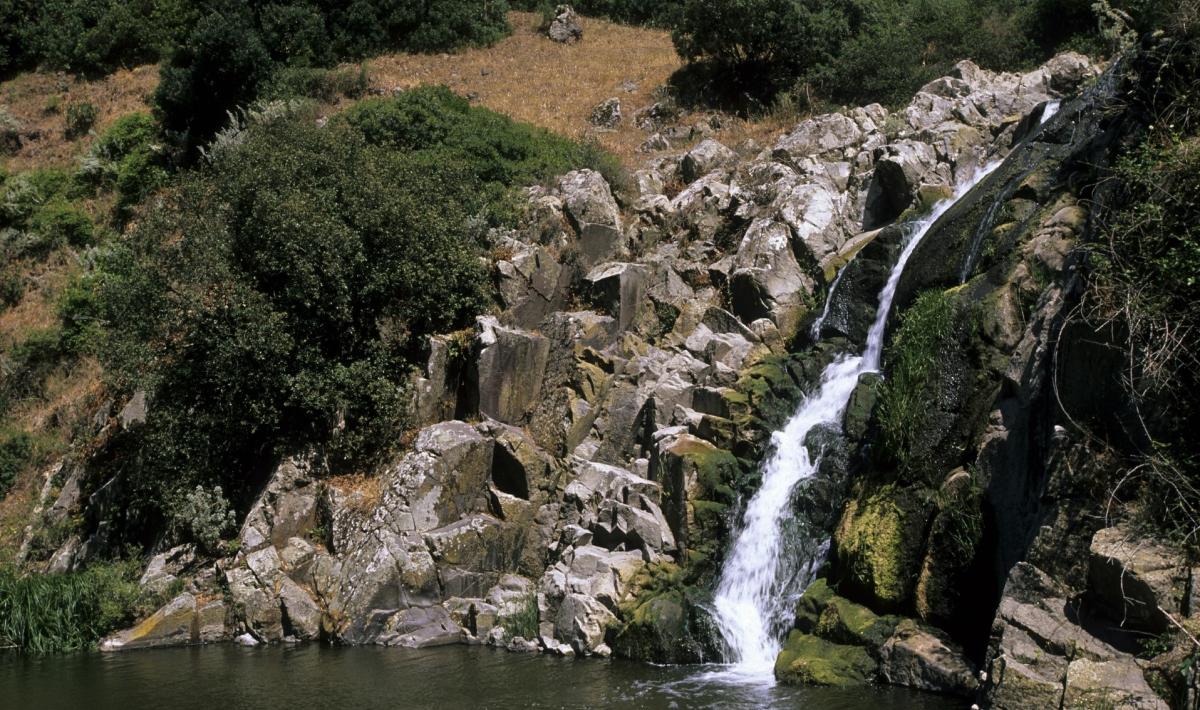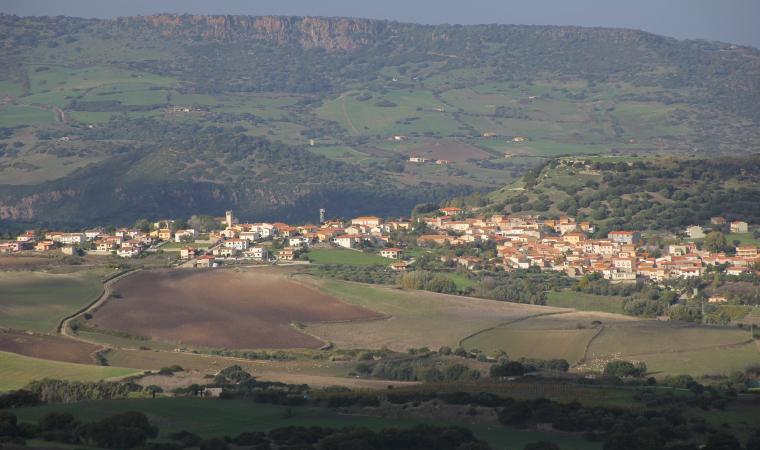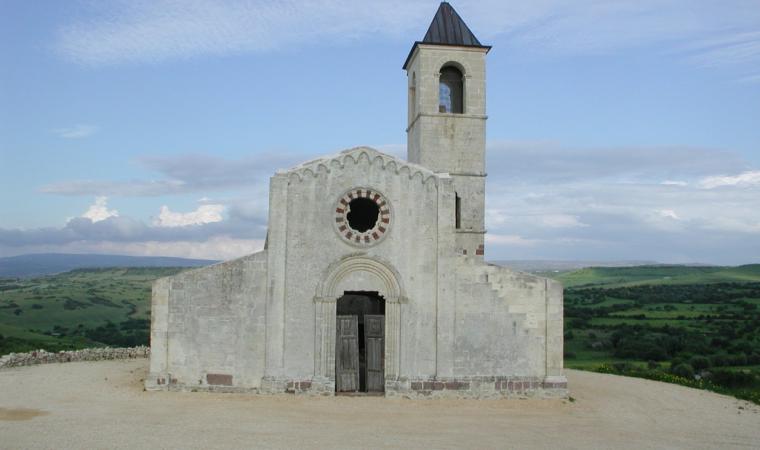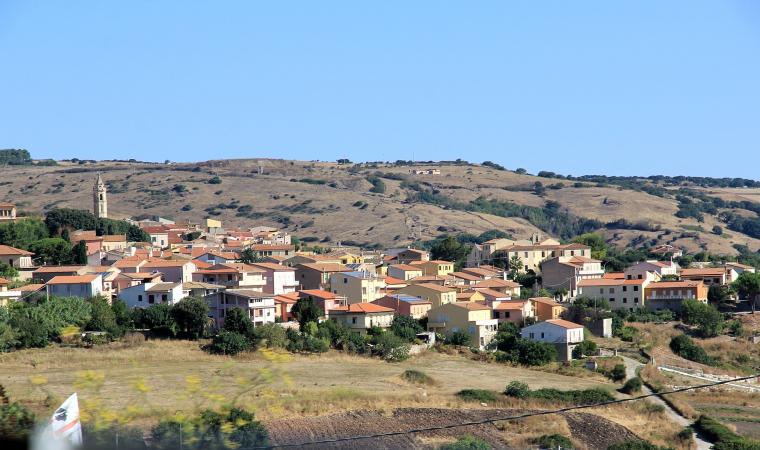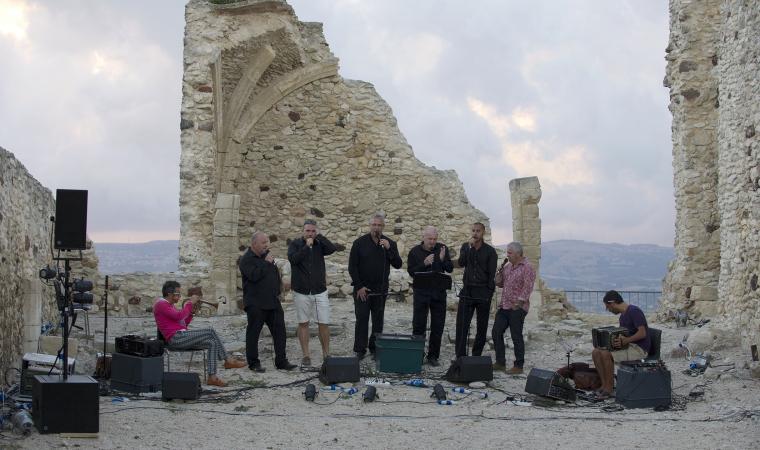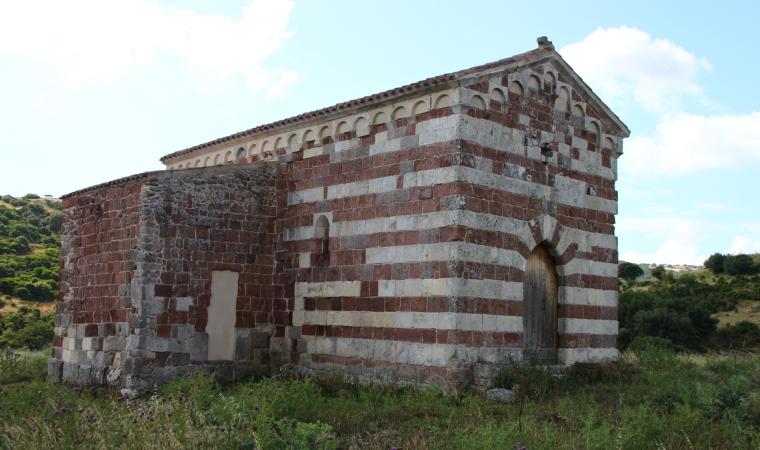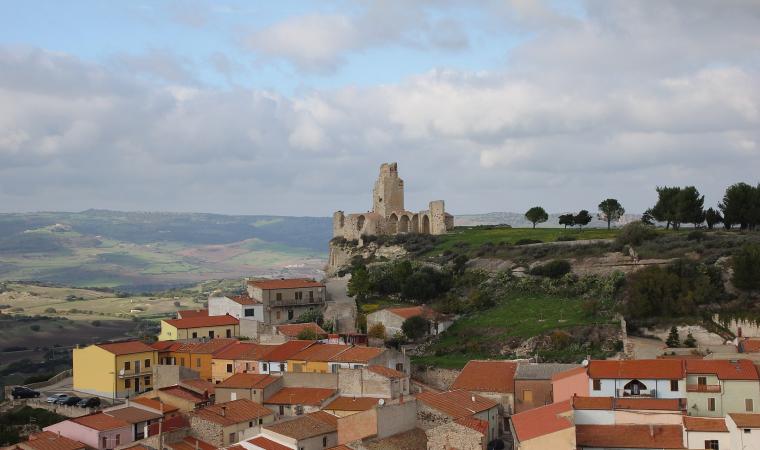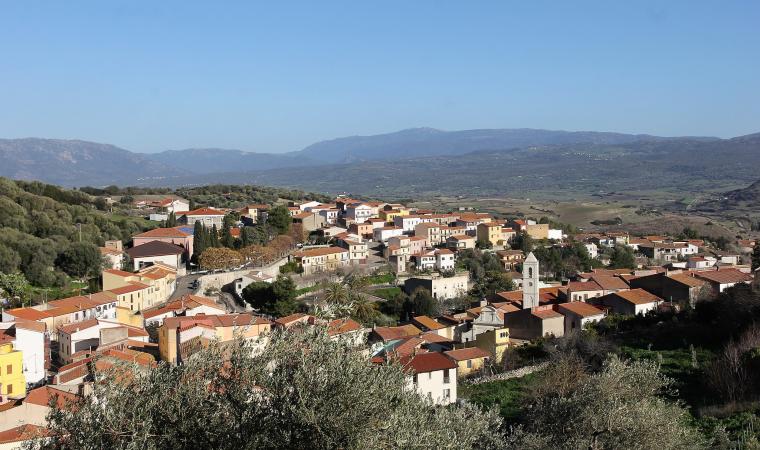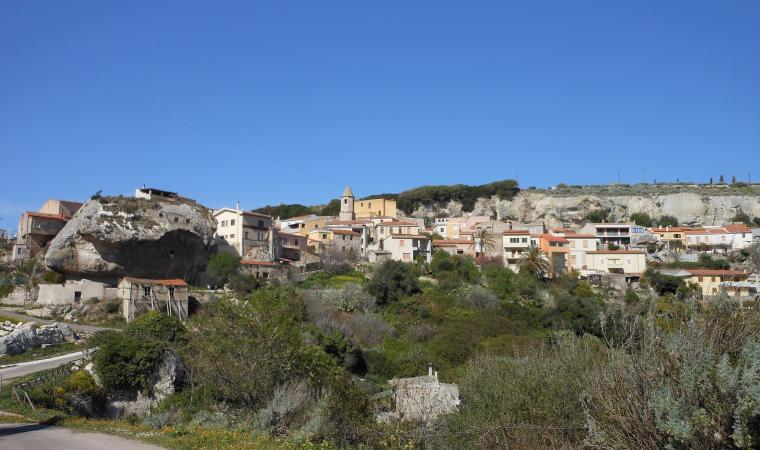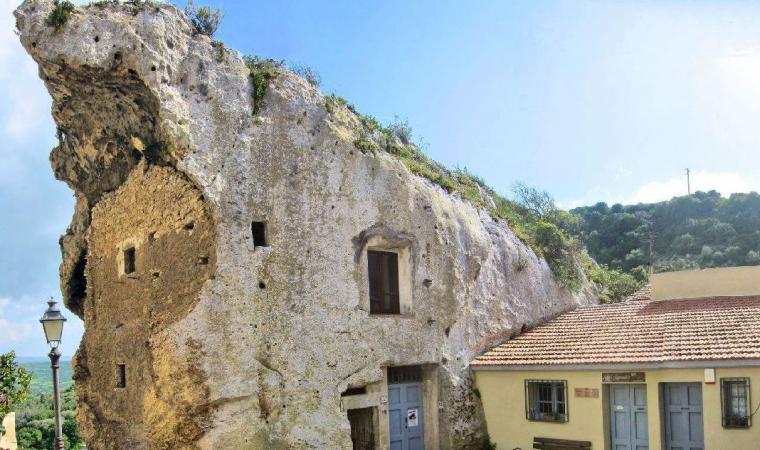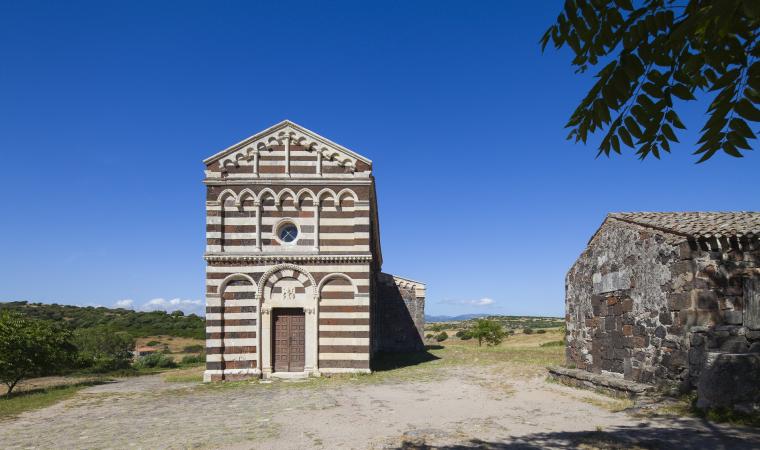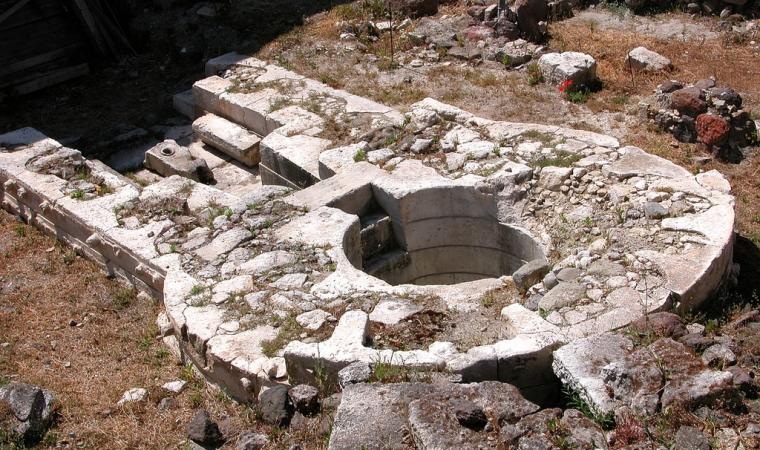Over thousands of years and thanks to the incessant activity of the Masino river, nature has dug the trachytic rocks of Badde Traes and has fed the lush vegetation, creating a place where the names of the valley, the rivers and the locations remind you of a fantasy novel. You will really feel like you are in a fairy tale, as you follow the path that runs alongside the stream in the company of dragonflies and butterflies, listening to its ‘voice’, the only sound that breaks the silence, until you cross a wooden bridge and arrive at the Triulintas waterfall. The magical scenery is found less than two kilometres from Martis, a village in the centre of the historical region of Anglona, surrounded by hills and green valleys.
The waterfall is generated at the confluence of the Masino and Pontisella rivulets, making a 15-metre fall that ends in a small lake hidden by elms, willows and aquatic plant life. The colour effect is made even more captivating by the red trachytic walls surrounding the waterfall and by the ruins of an ancient mill, which was active until the mid-twentieth century and then abandoned. To reach it, you can take the road from the residential area of Martis towards Nulvi, along the dirt path on the right, just after the exit from the municipal territory, where a sign along the road indicates the ‘historical-environmental path of the Triulintas mill’. After less than a kilometre, you will find a parking area, where the path begins in the greenery of poplars, brambles and Mediterranean scrub. During the walk, you will cross the stream twice, passing a stone and cement bridge and a wooden one. There is also an area for relaxation and picnics with tables and chairs in the shade of the woods.
Five kilometres from Triulintas and just over a kilometre from Martis, in the opposite direction to the waterfall, you can visit another masterpiece of nature, the petrified forest of Carrucana. As a result of a volcanic eruption, which caused a forest to sink into the (then) surrounding lakes, the plants underwent a process of ‘silicification’, or fossilisation through the silicon contained in the ash. You will see tree stumps that look like stone cylinders, some still standing but most lying on the ground, and you will have the feeling that time stood still millions of years ago in this countryside.

